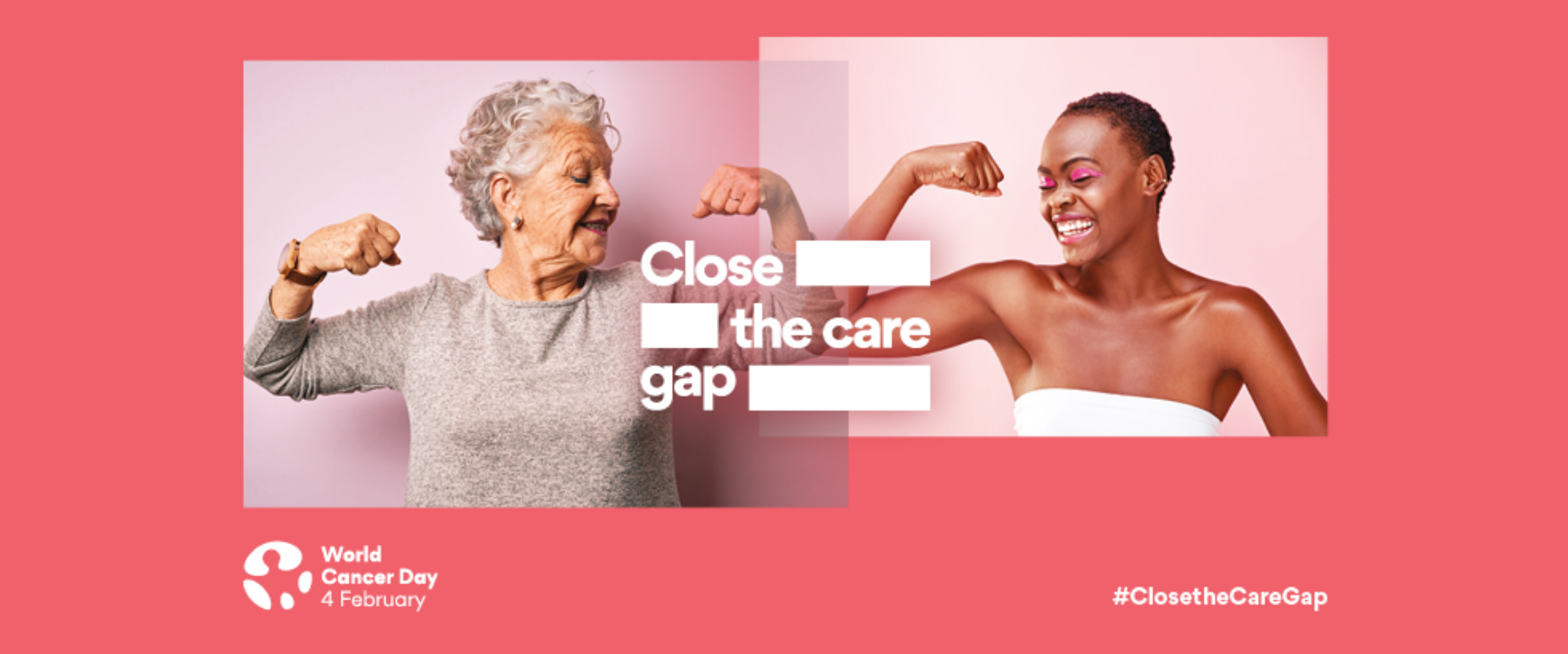This World Cancer Day, the focus is on how to ‘Close the Care Gap’. It is a call for everyone to not only become aware of the inequities that exist in cancer care, but to get actively involved in addressing and reducing such inequities. These inequities can be due to systemic and social barriers, as well as general access to care. While such gaps exist, they can be reduced and eventually eliminated. Below, we outline what CBCN is doing to close the breast cancer care gap and what you can do too.
What we are doing to close the care gap
Giving patients access to credible information
Credible and educational resources on breast cancer are not always accessible to patients across Canada. Two of our newest resources, our Q&E: Questions and Experts series and our Breast Cancer Connection podcast, address this. Both resources provide a different format to educational resources outside of the typical print material and provide patients access to healthcare professionals that they may otherwise not have access to. Our Q&E: Questions and Experts series allows participants to ask any questions they have on the featured topic to a healthcare professional and expert, while Breast Cancer Connection is an informative, conversation-based podcast that breaks down complex terms and topics through meaningful discussion with expert voices.
Addressing financial inequity
The negative financial impact of a breast cancer diagnosis is a lesser-known side effect of the disease. Whether a diagnosis exacerbates prior financial insecurity or creates the condition, the issue of finances should not be something that patients need to attend to on top of everything else that they are already dealing with. That’s why we created FinancialNavigator, our navigation tool that can help patients and their families find sources of financial assistance to offset the financial burden of a cancer diagnosis.
Improving access to breast cancer drugs
The breast cancer drugs that an individual has access to in Canada can largely be dependent on where they live. That should not be the case. That is why we are committed to helping Canadians have better access to life-saving treatments and therapies. One of the many ways that we do this is through MedSearch. MedSearch, our navigation tool that provides general information about the various treatments for breast cancer, was created so that patients can track breast cancer drugs available in Canada and funded in their province. Another way we are trying to improve access to care is by providing patient submissions to Health Canada and health technology agencies, campaigning for access to treatments on behalf of patients, connecting patients with pharmaceutical companies, writing letters to government bodies, and much more.
What you can do to close the gap
Use your voice
For those facing inequities in cancer care, it is important that they tell their own stories. This ensures that the efforts being made to close the care gap reflects their actual needs. Our Digital Advocacy and Storytelling Toolkit provides patients with the resources and guidance needed to tell their stories in order to advocate for causes that are important to them. Another way for patients to use their voice to close the care gap is through Our Voices. Our Voices provides patients with an online platform to share their experiences of inequities faced in access cancer care and it can be a great way to inspire others to take action.
Educate yourself
Cancer is often presented as a disease that does not discriminate. Unfortunately, that is not the case. Breast cancer affects groups differently, whether due to the disease itself or due to systemic and societal inequalities. To highlight these inequalities, CBCN has published various blogposts over the years on this topic and the various groups that face barriers:
- The Myth That Cancer Does Not Discriminate
- Bringing Awareness to Male Breast Cancer
- Breast Cancer Care and Awareness for Trans and Non-binary Individuals
- How Race and Ethnicity Can Influence Breast Cancer
- Breast Cancer and Younger Women
Get involved
Addressing the cancer care gap can start today! Here are some ways that you can get actively involved in closing the care gap:
Clinical trials – Clinical trials are research studies conducted to test new therapies, treatments, and procedures against the standard of care. While these studies are important for the advancement of oncological treatment and care, clinical trial participation is extremely low. Enrolling in a clinical trial is a great way to address the cancer gap as it can lead to improved, and potentially cost-saving cancer care. If you belong to an underrepresented group, enrolling in a clinical trial is even more pertinent in closing the care gap as it ensures that the data coming out of these studies are diverse. Learn more about clinical trials here.
mBC Access Matters campaign – Access for breast cancer drugs for stage IV metastatic breast cancer varies widely across Canada. Canadians should be able to access the same drugs regardless of where they live. That’s why we created the mBC Access Matters campaign. It is our call to have a national pharmacare program that: covers all new and existing therapies and that provides timely access to new therapies. If you agree, sign our petition.
Donate – When you make a donation to CBCN, you help keep our core programs strong, allow us to develop projects that are beneficial to all Canadians impacted by breast cancer, and provide breast cancer patients with a supportive community. Donations help us continue our efforts in closing the breast cancer care gap. Make a donation today.







